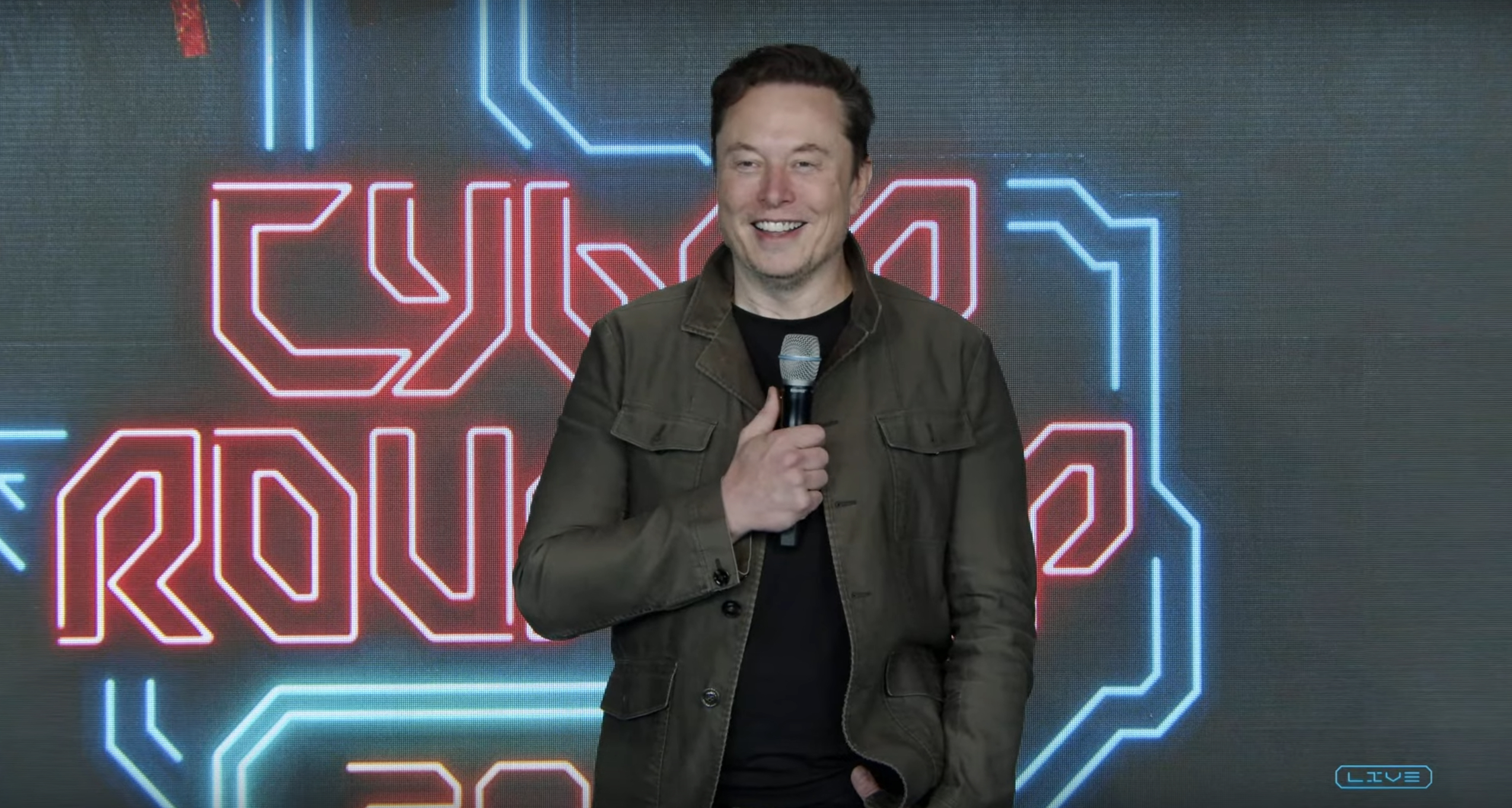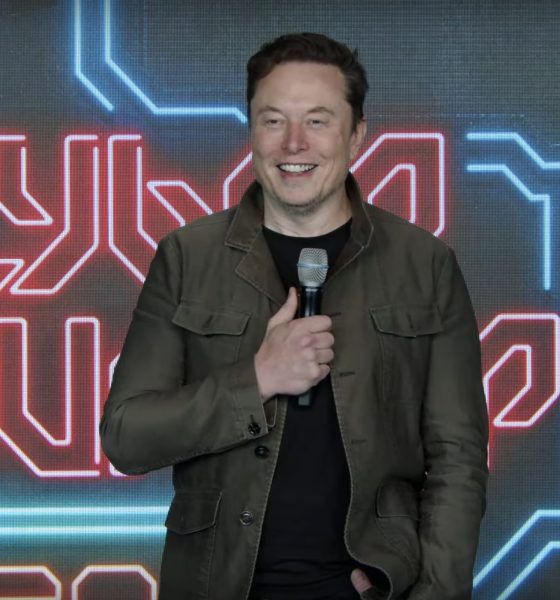Elon Musk has denied recent reports claiming that he worked illegally when launching his career in the U.S., after the claims were widely reported over the weekend to be contradictory to his recent political statements regarding illegal immigration.
On Saturday, the Jeff Bezos-owned Washington Post claimed in a report that Musk was not legally allowed to work at the time that he was launching Zip2, which would later go on to sell for around $307 million in 1999. Although Musk arrived in the U.S. in 1995 for a graduate program at Stanford University in Palo Alto, California, he never enrolled in his courses, and shortly thereafter he dropped out and started Zip2 with his brother Kimbal.
In the report, the Post notes that Musk’s dropping out of school would render him without a legal backing to remain in the country, though he has already denied the claims in a post on X.
President Joe Biden later reiterated the claims during a Democratic campaign event in Pittsburgh, Pennsylvania on Saturday (via CNBC), to which Musk responded on X.
“I was on a J-1 visa that transitioned to an H1-B,” Musk said in the post in the early hours of Sunday morning. “They know this, as they have all my records. Losing the election is making them desperate.”
The Post report also said that Musk’s former business associates at Zip2 were concerned about his legal status and the risk of his deportation.
According to six former associates and Zip2 shareholders cited in the report, Musk told co-workers at the time that he was in the country on a student visa. Former Zip2 board member, investor, and later CEO Derek Proudian highlighted agreement amongst investors that Elon and Kimbal’s immigration was of concern at the time—especially if the company was aiming to go public.
“Their immigration status was not what it should be for them to be legally employed running a company in the U.S.,” Proudian said. “We don’t want our founder being deported.”
“We want to take care of this long before there’s anything that could screw up,” Proudian added, alluding to the company’s potential for an initial public offering (IPO).
The report also claims that another large shareholder who asked to remain anonymous due to the sensitivity of the topics said that another minor problem had drawn attention to the brothers’ immigration issues.
While Elon has never publicly stated that he worked without proper legal status, The Post also said it obtained emails between Musk and other early Tesla executives, in which he did express not having a legal backing to remain in the U.S., though he pointed to Zip2 as a potential solution—potentially corroborating his denial of the claims if he did in fact transition to an H1-B visa before becoming a U.S. citizen in 2002.
“Actually, I didn’t really care much for the degree, but I had no money for a lab and no legal right to stay in the country, so that seemed like a good way to solve both issues,” Musk said in a 2005 email to Tesla co-founders Martin Eberhard and JB Straubel obtained by the Post. “Then the internet came along, which seemed like a much surer bet.”
“I was legally there, but I was meant to be doing student work,” Musk also said in a podcast in 2020. “I was allowed to do work sort of supporting whatever.”
The reports and Musk’s denial come as the Tesla and SpaceX head has been posting several times a day on X about illegal immigrants, following his endorsement of Republican candidate Donald Trump in July, and his founding of the America PAC political action committee (PAC) in support of the former President’s campaign.
Court rules Musk doesn’t have to delete 2018 anti-union Tesla tweet
What are your thoughts? Let me know at zach@teslarati.com, find me on X at @zacharyvisconti, or send us tips at tips@teslarati.com.

News
Tesla (TSLA) receives “Buy” rating and $551 PT from Canaccord Genuity
He also maintained a “Buy” rating for TSLA stock over the company’s improving long-term outlook, which is driven by autonomy and robotics.

Canaccord Genuity analyst George Gianarikas raised his Tesla (NASDAQ:TSLA) price target from $482 to $551. He also maintained a “Buy” rating for TSLA stock over the company’s improving long-term outlook, which is driven by autonomy and robotics.
The analyst’s updated note
Gianarikas lowered his 4Q25 delivery estimates but pointed to several positive factors in the Tesla story. He noted that EV adoption in emerging markets is gaining pace, and progress in FSD and the Robotaxi rollout in 2026 represent major upside drivers. Further progress in the Optimus program next year could also add more momentum for the electric vehicle maker.
“Overall, yes, 4Q25 delivery expectations are being revised lower. However, the reset in the US EV market is laying the groundwork for a more durable and attractive long-term demand environment.
“At the same time, EV penetration in emerging markets is accelerating, reinforcing Tesla’s potential multi‑year growth runway beyond the US. Global progress in FSD and the anticipated rollout of a larger robotaxi fleet in 2026 are increasingly important components of the Tesla equity story and could provide sentiment tailwinds,” the analyst wrote.
Tesla’s busy 2026
The upcoming year would be a busy one for Tesla, considering the company’s plans and targets. The autonomous two-seat Cybercab has been confirmed to start production sometime in Q2 2026, as per Elon Musk during the 2025 Annual Shareholder Meeting.
Apart from this, Tesla is also expected to unveil the next-generation Roadster on April 1, 2026. Tesla is also expected to start high-volume production of the Tesla Semi in Nevada next year.
Apart from vehicle launches, Tesla has expressed its intentions to significantly ramp the rollout of FSD to several regions worldwide, such as Europe. Plans are also underway to launch more Robotaxi networks in several more key areas across the United States.
News
Waymo sues Santa Monica over order to halt overnight charging sessions
In its complaint, Waymo argued that its self-driving cars’ operations do not constitute a public nuisance, and compliance with the city’s order would cause the company irreparable harm.

Waymo has filed a lawsuit against the City of Santa Monica in Los Angeles County Superior Court, seeking to block an order that requires the company to cease overnight charging at two facilities.
In its complaint, Waymo argued that its self-driving cars’ operations do not constitute a public nuisance, and compliance with the city’s order would cause the company irreparable harm.
Nuisance claims
As noted in a report from the Los Angeles Times, Waymo’s two charging sites at Euclid Street and Broadway have operated for about a year, supporting the company’s growing fleet with round-the-clock activity. Unfortunately, this has also resulted in residents in the area reportedly being unable to sleep due to incessant beeping from self-driving taxis that are moving in and out of the charging stations around the clock.
Frustrated residents have protested against the Waymos by blocking the vehicles’ paths, placing cones, and “stacking” cars to create backups. This has also resulted in multiple calls to the police.
Last month, the city issued an order to Waymo and its charging partner, Voltera, to cease overnight operations at the charging locations, stating that the self-driving vehicles’ activities at night were a public nuisance. A December 15 meeting yielded no agreement on mitigations like software rerouting. Waymo proposed changes, but the city reportedly insisted that nothing would satisfy the irate residents.
“We are disappointed that the City has chosen an adversarial path over a collaborative one. The City’s position has been to insist that no actions taken or proposed by Waymo would satisfy the complaining neighbors and therefore must be deemed insufficient,” a Waymo spokesperson stated.
Waymo pushes back
In its legal complaint, Waymo stated that its “activities at the Broadway Facilities do not constitute a public nuisance.” The company also noted that it “faces imminent and irreparable harm to its operations, employees, and customers” from the city’s order. The suit also stated that the city was fully aware that the Voltera charging sites would be operating around the clock to support Waymo’s self-driving taxis.
The company highlighted over one million trips in Santa Monica since launch, with more than 50,000 rides starting or ending there in November alone. Waymo also criticized the city for adopting a contentious strategy against businesses.
“The City of Santa Monica’s recent actions are inconsistent with its stated goal of attracting investment. At a time when the City faces a serious fiscal crisis, officials are choosing to obstruct properly permitted investment rather than fostering a ‘ready for business’ environment,” Waymo stated.
News
Tesla FSD v14.2.2 is getting rave reviews from drivers
So far, early testers have reported buttery-smooth drives with confident performance, even at night or on twisty roads.

Tesla Full Self-Driving (Supervised) v14.2.2 is receiving positive reviews from owners, with several drivers praising the build’s lack of hesitation during lane changes and its smoother decision-making, among others.
The update, which started rolling out on Monday, also adds features like dynamic arrival pin adjustment. So far, early testers have reported buttery-smooth drives with confident performance, even at night or on twisty roads.
Owners highlight major improvements
Longtime Tesla owner and FSD user @BLKMDL3 shared a detailed 10-hour impression of FSD v14.2.2, noting that the system exhibited “zero lane change hesitation” and “extremely refined” lane choices. He praised Mad Max mode’s performance, stellar parking in locations including ticket dispensers, and impressive canyon runs even in dark conditions.
Fellow FSD user Dan Burkland reported an hour of FSD v14.2.2’s nighttime driving with “zero hesitations” and “buttery smooth” confidence reminiscent of Robotaxi rides in areas such as Austin, Texas. Veteran FSD user Whole Mars Catalog also demonstrated voice navigation via Grok, while Tesla owner Devin Olsen completed a nearly two-hour drive with FSD v14.2.2 in heavy traffic and rain with strong performance.
Closer to unsupervised
FSD has been receiving rave reviews, even from Tesla’s competitors. Xpeng CEO He Xiaopeng, for one, offered fresh praise for FSD v14.2 after visiting Silicon Valley. Following extended test drives of Tesla vehicles running the latest FSD software, He stated that the system has made major strides, reinforcing his view that Tesla’s approach to autonomy is indeed the proper path towards autonomy.
According to He, Tesla’s FSD has evolved from a smooth Level 2 advanced driver assistance system into what he described as a “near-Level 4” experience in terms of capabilities. While acknowledging that areas of improvement are still present, the Xpeng CEO stated that FSD’s current iteration significantly surpasses last year’s capabilities. He also reiterated his belief that Tesla’s strategy of using the same autonomous software and hardware architecture across private vehicles and robotaxis is the right long-term approach, as it would allow users to bypass intermediate autonomy stages and move closer to Level 4 functionality.










